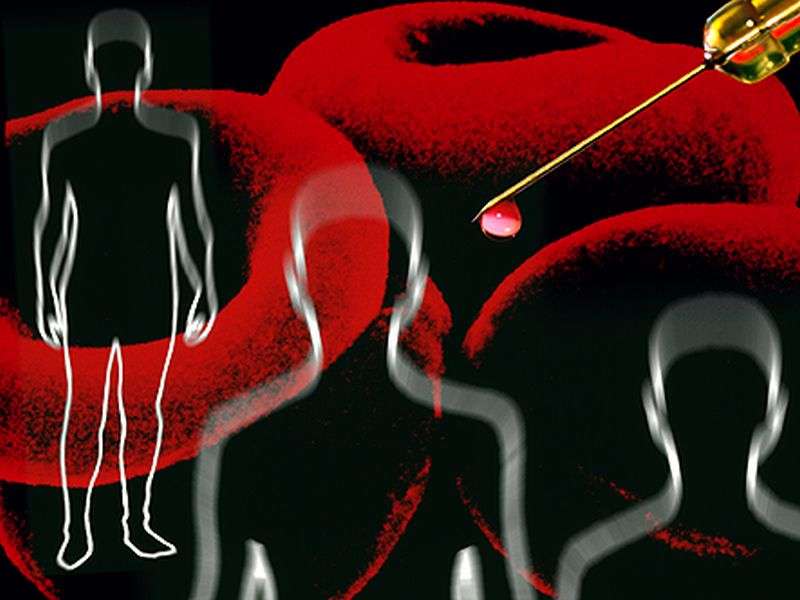New system can assess severity of von Willebrand disease

(HealthDay)—A new microchip-flow chamber system (T-TAS) can be used to discriminate and predict bleeding score (BS) in type 1 von Willebrand disease (VWD), according to a study published online Jan. 27 in the Journal of Thrombosis and Haemostasis.
Keiji Nogami, M.D., Ph.D., from the Nara Medical University in Japan, and colleagues examined the potential of T-TAS for assessing physiological hemostasis in VWD. Fifty type 1 VWD patients with whole blood samples were assessed with microchips coated with collagen (PL-chip) or collagen/thromboplastin (AR-chip) to examine platelet thrombus formation (PTF) at high-shear rates or fibrin-rich PTF at low-shear rates. Flow pressure curves were used to calculate the times to increase 10 and 30 kPa (T10 and T30) from baseline. A standardized questionnaire was used to determine BS.
The researchers found that irrespective of the flow rate, PL-T10 values correlated with BS better than von Willebrand factor-ristocetin cofactor activity, while there was a weak correlation for AR-T10 with BS. Lower levels of VWF and higher BS were seen for patients with PL-T10 >10 minutes or AR-T10 >30 minutes, compared to those with PL-T10 ≤10 minutes or AR-T10 ≤30 minutes, with the greater difference observed with PL-T10. The best correlation for clinical severity was seen with PL-T10 >8 minutes.
"T-TAS could be a useful technique for discriminating and predicting the BS in VWD type 1 patients," the authors write.
One author is employed by the Fujimori Kogyo Co., the manufacturer of T-TAS.
More information:
Abstract
Full Text (subscription or payment may be required)
Copyright © 2016 HealthDay. All rights reserved.

















